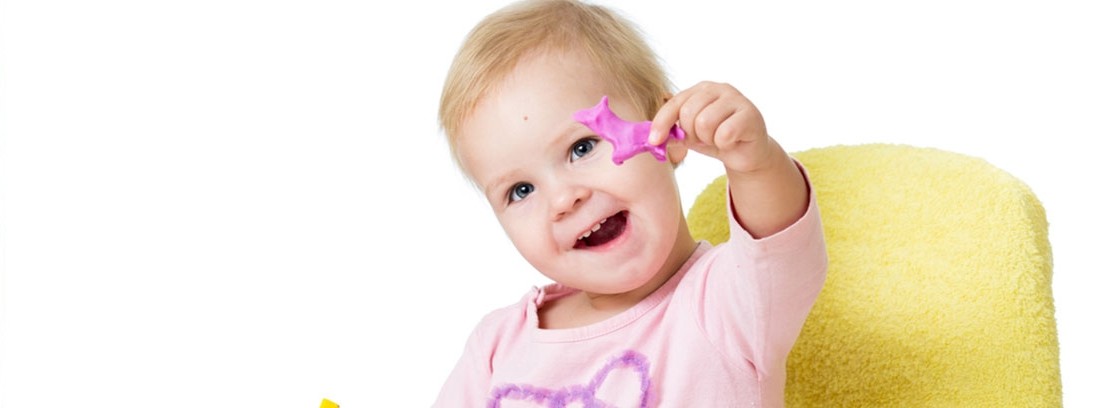Neurological development from 3 to 6 months

Motor skills
Rest your forearms prone (face down).
Raise your head about 45 degrees while lying on your stomach.
He begins to have good tone in the muscles of the neck and can hold his head for a few moments if we hold him in our arms. It also supports the head at the same level as the trunk when it is picked up to sit.
Handling
Most of the time he keeps his hands open. At this stage, the archaic reflections that were present at birth begin to disappear. This will allow the baby to have a freedom of movement that allows him to discover and enjoy the environment that surrounds him.
Social
It is able to follow an object beyond the midline.
Follow a sound by moving your head towards the sound focus.
Listen to a conversation.
Language
It begins to have a longer vocalization ("aa", "oo") and can respond to the sounds we make to it.
ALARM SIGNS
- Does not react to voice
- He does not hold his head up for a moment.
- Does not smile at mother
- Does not fixate on any object
Motor skills and postural attitude
Supports your forearms face down and stays that way for longer.
It improves the tone in the neck muscles and can support the head if we hold it in our arms.
He has very good leg mobility and can kick vigorously when lying in the crib.
Handling
Hand-eye coordination begins, that is, directing the hand to the object although it is not always able to reach or grasp it correctly. At this stage you can hold an object in your hand and put it in your mouth. Babies begin to discover their hands and play with them by moving them and bringing them together at the midline.
If you drop a toy on the ground, you will not be able to pick it up.
Social
He smiles at other people outside the family environment: pediatrician, neighbors We can observe the defense reflex: he closes his eyes when an object comes close to his face. Recognize the bottle.
Crying becomes more and more specific and it is easier for us to know why he is crying: hunger, sleepiness, dirty diaper, boredom
Language
Laughs loudly.
ALARM SIGNS
- You don't look at your hands
- Don't put your hands together
- Does not rest on the forearms prone
Motor skills and postural attitude
He has achieved very good cervical muscle tone, which allows him to support his head well. It is the moment when they discover the lower extremities (legs) and feet. When he is lying down, he not only plays with his hands but also with his feet and legs, raising them and sometimes bringing his feet to his mouth.
At 6 months, he supports his hands when he is face down. If we sit the baby we observe that the spine is arched outwards, the back muscles still need to be strengthened to make the child sit correctly. You can remain seated supported by a backrest.
Handling
He directs his hand to the objects in his field of vision and each time he reaches them better and with more dexterity. At this stage of development, he will put down an object he is holding to pick up another that is offered to him.
It performs what we call the ulna-palmar grasp (sweeps with the hand the objects that are within reach). You can start holding the bottle for a short time.
He is able to follow a vertically moving object with his gaze.
Social
Increase your expressive resources and each time we can appreciate a richer range of expression and communication with other people. You may begin to recognize bath time, walk time, and express your feelings about it.
You may start to fear strangers as at six months you begin to recognize your parents.
Language
They start the so-called "gorgoritos" (there are children who can do it a little earlier), enjoy listening to their own sounds. He repeats sounds his parents say to him.
ALARM SIGNS
- Don't laugh out loud
- Does not direct hand at an object
- Sitting with support does not hold the head
- Archaic reflections persist
- Absence of expressive variation with monotonous responses
(Updated at Apr 13 / 2024)